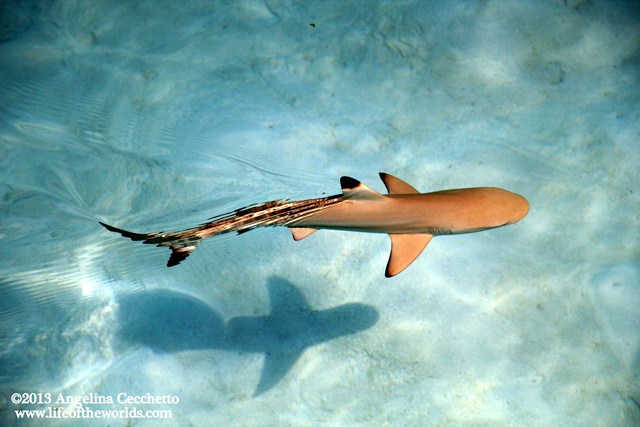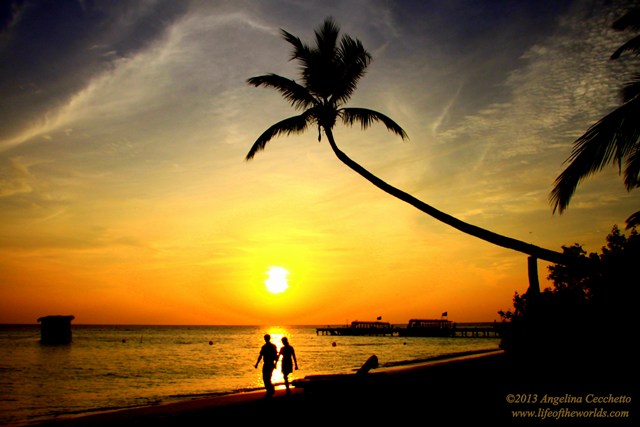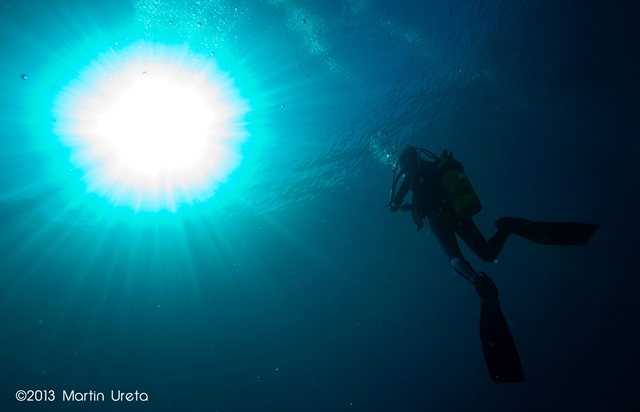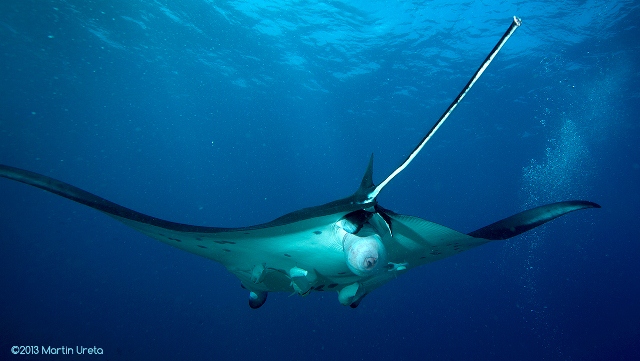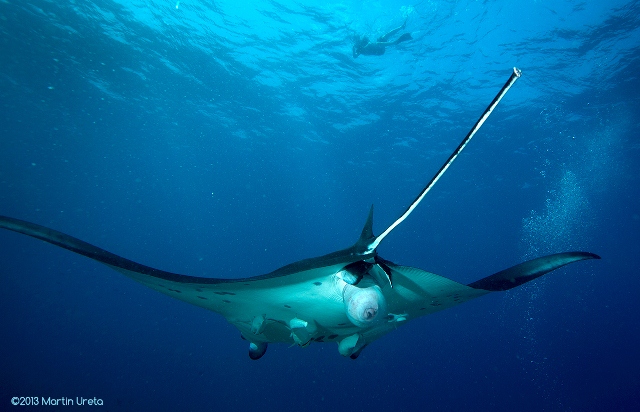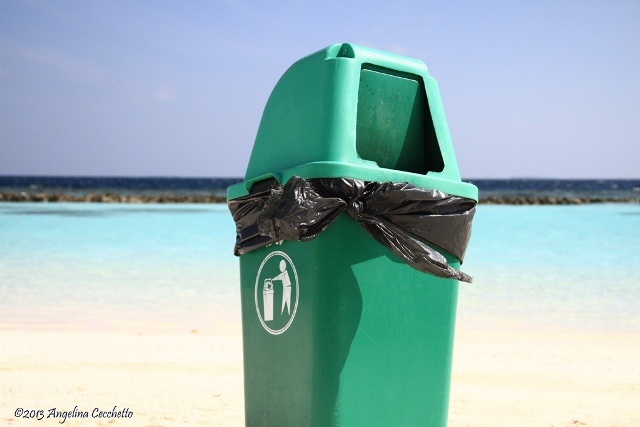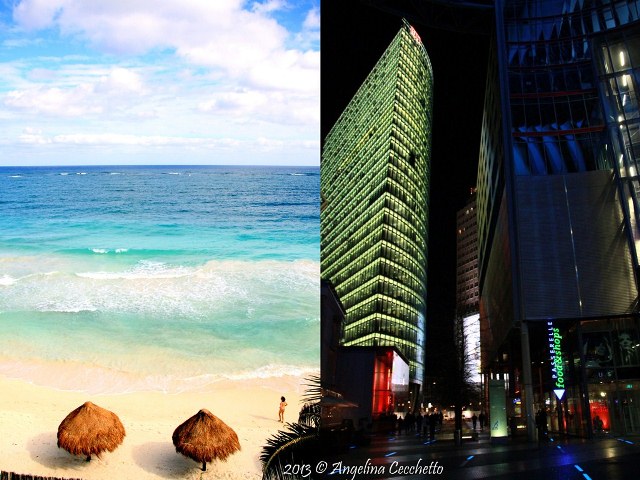Shark finning is described as such: “Shark finning refers to the removal and retention of shark fins. The rest of the body is generally discarded in the ocean; […] Sharks without their fins are often still alive; unable to move normally, they die of suffocation or are eaten by other predators.”
Sharks are fished out of the water, their fins are being cut on boats whilst they agonize in excruciating pain and then thrown back out into the water without being able to swim properly, they are then pretty much doomed to die.
I wonder how we would like it if some predator would hunt us out, cut our legs and arms off slowly whilst still alive and then throw us back into nature without arms and legs?
Shark finning needs to stop not only because this is a barbaric practice but because the shark population is being depleted and several shark species are in danger of extinction.
According to the report of the IUCN that the Shark Specialist Group published in 2007 after 7 years of experts’ studies “32% of the world’s pelagic sharks and rays (20 species) are threatened.”
On the current IUCN Red List numbers speak by themselves; 15 species of sharks are critically endangered of extinction whilst 11 species are endangered.
Shark finning is one of the main causes behind shark depletion. China is often pointed at as the most important market as shark fin soup is a delicacy there and is thought to have curative properties. The great irony of the situation is that far from being curative shark fins can actually be toxic!
Wildlife non-governmental organization “WildAid” warned that eating too much shark fin soup can cause sterility in men. Pregnant women are advised not to eat shark fin soups during their pregnancy and whilst breast feeding. The reason for this being the presence of mercury in shark fins due to industrial pollution absorbed by the smaller fish that sharks prey upon. The presence of Mercury in the ocean stems back from industrial contamination of lakes and rivers, mercury being used in the manufacture of batteries, plastic and paper.
The situation is not only highly ironic but ironically tragic I would say. So what can we do to help stop this?
I truly believe that we need to work on education, passing on the right information and multiply initiatives worldwide. Some Chinese newspapers have published articles about the dangers related to eating shark fin soup regularly or for pregnant women. I would like to know more about what else is done there and I am starting to work on a “long haul” awareness project which would ideally be diffused in China too.
I think that the more we campaign and petition about the subject the more people will be aware of what is happening and will be in grade to take informed decisions for themselves in their own conscience. The idea is to work on the demand of the markets. If the demand drastically decreases the markets will die off by themselves. I am fully aware that it will take years before seeing a noticeable positive change of population habits but we have to clearly bear in mind that the 26 species of sharks and rays that are in danger of extinction do not have many years ahead of them before they are totally extinguished from the planet. We need to act and fast!

